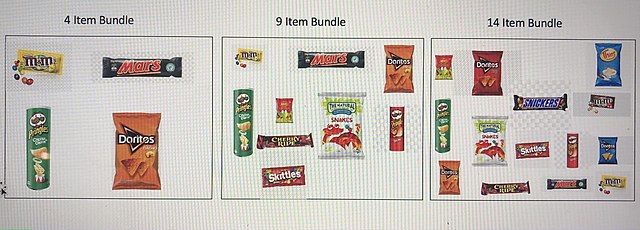The theory of consumer choice is the branch of microeconomics that relates preferences to consumption expenditures and to consumer demand curves. It analyzes how consumers maximize the desirability of their consumption, by maximizing utility subject to a consumer budget constraint.
Factors influencing consumers' evaluation of the utility of goods include: income level, cultural factors, product information and physio-psychological factors.
Examples of Screen Shots for Set Sizes 4, 9 and 16.
Microeconomics is a branch of economics that studies the behavior of individuals and firms in making decisions regarding the allocation of scarce resources and the interactions among these individuals and firms. Microeconomics focuses on the study of individual markets, sectors, or industries as opposed to the national economy as a whole, which is studied in macroeconomics.
Microeconomics analyzes the market mechanisms that enable buyers and sellers to establish relative prices among goods and services. Shown is a marketplace in Delhi.
United States Capitol Building: meeting place of the United States Congress, where many tax laws are passed, which directly impact economic welfare. This is studied in the subject of public economics.



